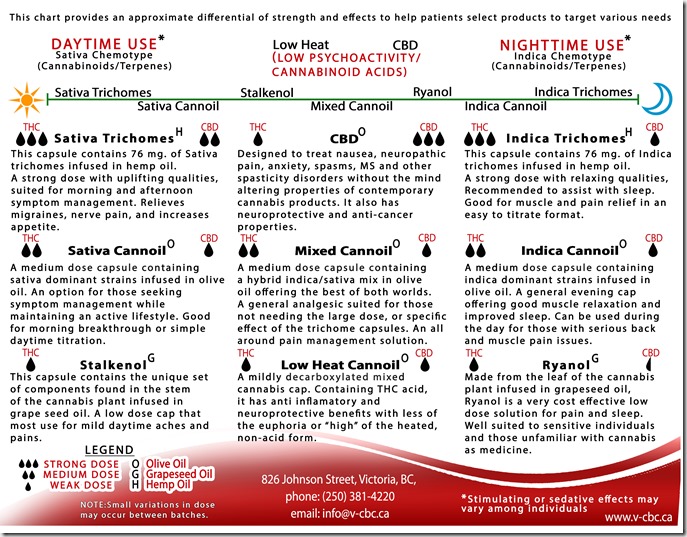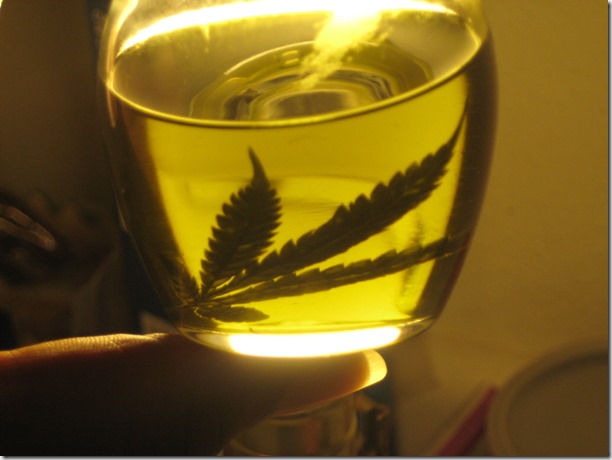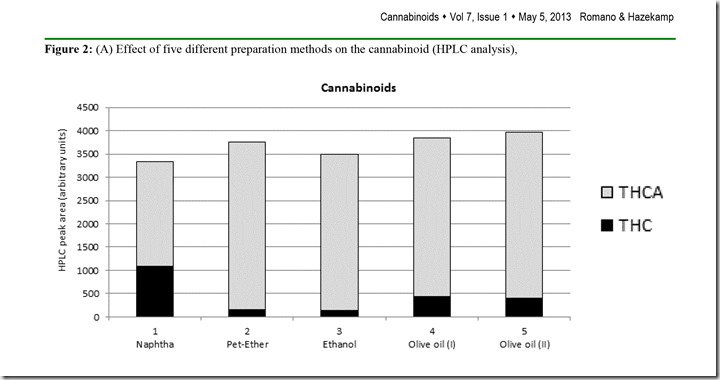Author Owen Smith from the Cannadian Cannabis Digest began his foray into the role of a medical cannabis caregiver at the bakery of the Victoria Cannabis Buyers Club (V-CBC) in 2008. Previous baking experience and a keen interest in learning about the cannabis plant as medicine made him an ideal candidate. He learned a great deal over the next year until he was arrested late 2009 but the response to his arrest was a constitutional trial that made cannabis extracts legal for patients in British Columbia (BC) in 2012.
Owen designed a video tutorial to explain the simple steps used to decarboxylate and extract the cannabinoids into vegetable oils to make a variety of products. This accompanies the dispensaries’ recipe book which only covers the basics of simple extraction, an art which has grown into a modern science in places where extract producers have been legally permitted to work. The recipes and methods continue to be revised and can be viewed at the V-CBC website.
Decarboxylation is the act of heating the plant material carefully to activate the THC-a (dormant acid form). This process happens naturally as the plant matter dries, but through a series of tests, we determined that heating at approximately 150°C (300°F) for 30 minutes can transform close to 98% of the inactive cannabinoids. Chemically, this process removes CO2 from the THC molecule, making it available to the cannabinoid receptors. The chart shows the results of decarboxylation over three tests with grapeseed oil. The left column measures how many milligrams of THC are found in a single ‘Ryanol’ capsule, while the bottom bar shows the temperatures used for the three testing sessions.
For the first test we used a double-boiler to cook the leaf into the grapeseed oil for 5-6 hours, which is the technique we had used for over 10 years. The second test involved heating the leaf for 30 minutes at 135°C (275°F) before double boiling the leaf. For the third test, we increased the temperature to 150°C (300°F) for 30 minutes before adding it to the oil. As the chart shows, the third and final test maximised the conversion of THC-a to active THC; increasing the temperature any more would risk combustion or breakdown of the cannabinoids. The decarboxylation process can be performed before the creation of any medicinal cannabis product to maximise the presence of active medicinal ingredients.
Decarboxylation transforms cannabinoid acids into their active states. Once this is performed you may immerse the dried cannabis into a medium of some sort to facilitate ingestion. Now the question arises, what medium should you use? At this stage you can decide to concentrate your medicine or dilute it. Diluting in vegetable oil may make it easier to measure a dose: two tablespoons is easier to measure than two 'grains of rice' and may deliver the same effect. In either case, at this point your dried cannabis will fuse with the carrier, shedding it’s medicinal compounds into the solution. (NB: In Canada, medicinal cannabis use was restricted to 'dried marihuana' only, forcing patients to keep all of the plant material in the solution, a highly impractical and arbitrary rule).
 |
Capsule Guide from the V-CBC website
|
When making 'medibles' (medicated edibles) a measured amount of extracted medicine can be stirred into a recipe, providing consistent, long-lasting relief. Dispensaries like the V-CBC provide diluted extract products of varying strengths that are suited to their members needs. Monitoring your response to dosage takes time. The mantra ‘start low, go slow’ is advised when becoming familiar with edible products as some individuals require only a fraction of what others may need to ingest.
Dutch researcher Arno Hazekamp conducted some of the initial research required to understand cannabis extraction into various mediums. "Recognising the need for more information on quality and safety issues regarding Cannabis oils, an analytical study was performed to compare several generally used preparation methods on the basis of content of cannabinoids, terpenes and residual solvent components. Solvents used include ethanol, naphtha, petroleum ether and olive oil".
Arno found olive oil was the most beneficial medium “based on the fact that it extracted higher amounts of terpenes than other solvents/methods, especially when using an extended heating time" (120 min; protocol 5, Figure 2, above). The oil needs to be heated up only to the boiling point of water (by placing a glass container with the product in a pan of boiling water) which prevents over-heating the oil. After cooling down and filtering the oil, e.g., by using a 'French' coffee press/coffee plunger (forbidden at the time by Health Canada), the product is immediately ready for consumption. As a trade-off, however, olive oil extract cannot be concentrated by evaporation, which means patients will need to consume a larger volume of it in order to get the same therapeutic effects.
 Olive oil is cheap, non-toxic and doesn’t produce flammable gasses. It saturates the cells as it carries the cannabinoids across the skin or stomach lining. Cannabinoids are fat soluble so the additional oil increases their bioavailability. Extra virgin olive oil is preferable; stored away from light, air, and heat. There is hope that one day extracts will be produced on a commercial scale. For now, if you area making an edible or topical preparation at home, olive oil is probably the top choice.
Olive oil is cheap, non-toxic and doesn’t produce flammable gasses. It saturates the cells as it carries the cannabinoids across the skin or stomach lining. Cannabinoids are fat soluble so the additional oil increases their bioavailability. Extra virgin olive oil is preferable; stored away from light, air, and heat. There is hope that one day extracts will be produced on a commercial scale. For now, if you area making an edible or topical preparation at home, olive oil is probably the top choice.
Adapted from Cannabis Baker Basics - Decarboxylation



No comments:
Post a Comment